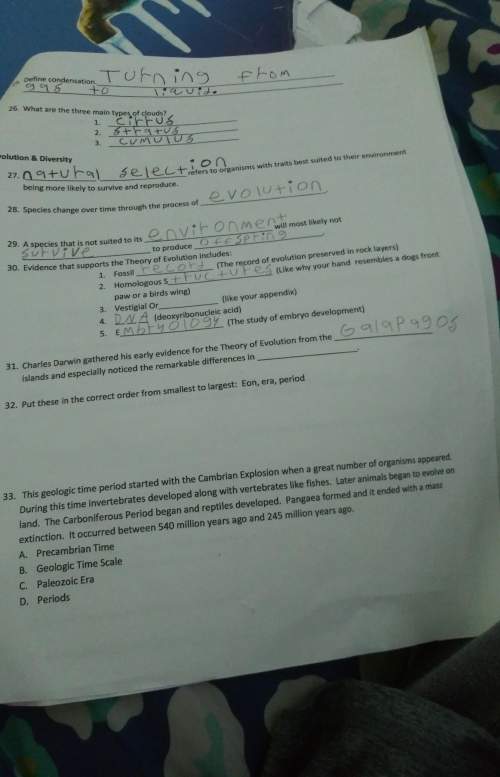
Physics, 02.12.2021 02:20 jasminer257
Un depósito de 5 mts de alto y lleno de agua tiene un orificio de 2 plg de diámetro a una distancia de 50 cm por debajo de su superficie, obtenga la velocidad, tiempo y la distancia a la que caerá el líquido una vez que choque con el suelo. Considere que a 5 mts del de la orilla del depósito se tiene un vehículo estacionado, ¿supone usted que el chorro de agua caerá sobre el vehículo?

Answers: 2
Another question on Physics

Physics, 22.06.2019 02:10
Astudent is performing an experiment comparing sound and light waves. the student gathers the following data. what conclusion does the student most likely make based on this data? light waves always travel the same speed; however, the speed of sound is determined by the medium that it travels through. all sound waves always have the same energy, so the temperature of the medium does not affect wave speed. light needs to vibrate particles, so it travels fastest in tightly packed solids, while sound does not need a medium, so it travels fastest in a gas. tightly packed particles in solids slow down the light waves; however, sound waves make particles bounce into each other, so they travel faster in solids.
Answers: 3

Physics, 22.06.2019 04:30
True or false when elements combine to form a mixture, the resulting chemical properties may be very different from those of the elements that make it.
Answers: 2

Physics, 22.06.2019 06:20
Clothing made of several thin layers of fabric with trapped air in between, often called ski clothing, is commonly used in cold climates because it is light, fashionable, and a very effective thermal insulator. so it is no surprise that such clothing has largely replaced thickand heavy old-fashioned coats. (a) consider a jacket made of five layers of 0.1-mm-thick synthetic fabric (k = 0.13 w/m·°c) with 1.5-mm-thick air space (k = 0.026 w/m·°c) between the layers. assuming the inner surface temperature of the jacket to be 28°c and the surface area to be 1.25 m2, determine the rate of heat loss through the jacket when the temperature of the outdoors is 0°c and the heat transfer coefficient at the outer surface is 25 w/m2·°c. (b) what would your response be if the jacket is made of a single layer of 0.5-mm-thick synthetic fabric? what should be the thickness of a wool fabric (k = 0.035 w/m·°c) if the person is to achieve the same level of thermal comfort wearing a thick wool coat instead of a five-layer ski jacket?
Answers: 1

You know the right answer?
Un depósito de 5 mts de alto y lleno de agua tiene un orificio de 2 plg de diámetro a una distancia...
Questions







Mathematics, 09.03.2020 17:09







Social Studies, 09.03.2020 17:11


Computers and Technology, 09.03.2020 17:11







